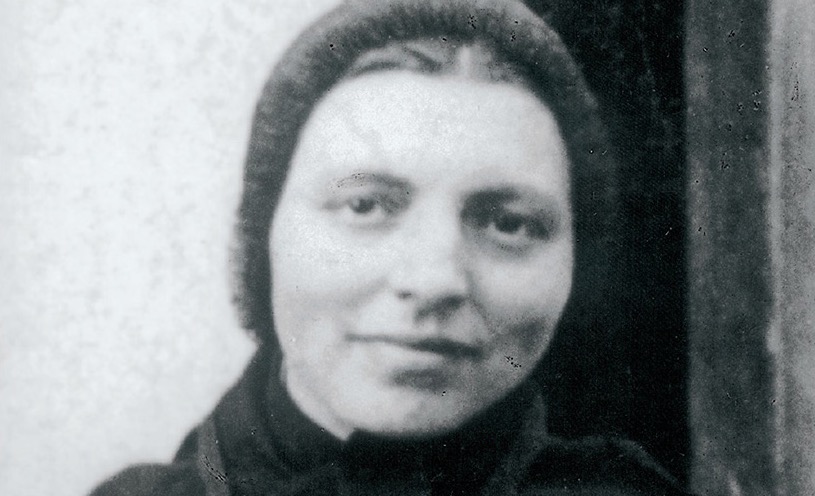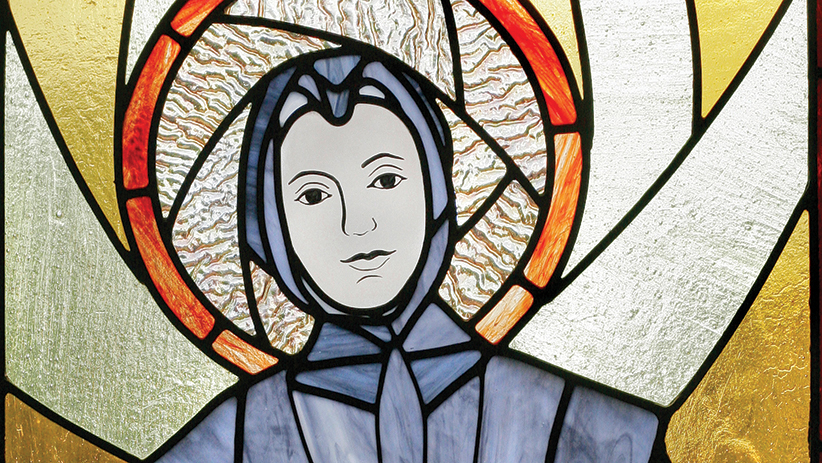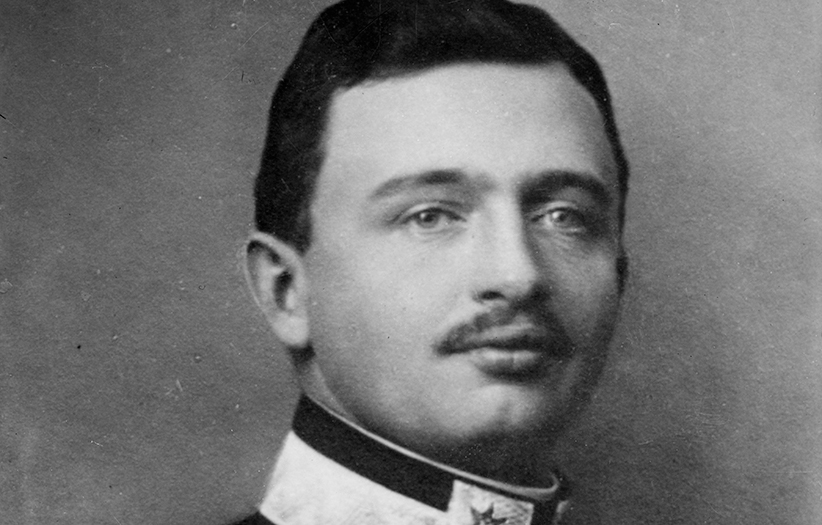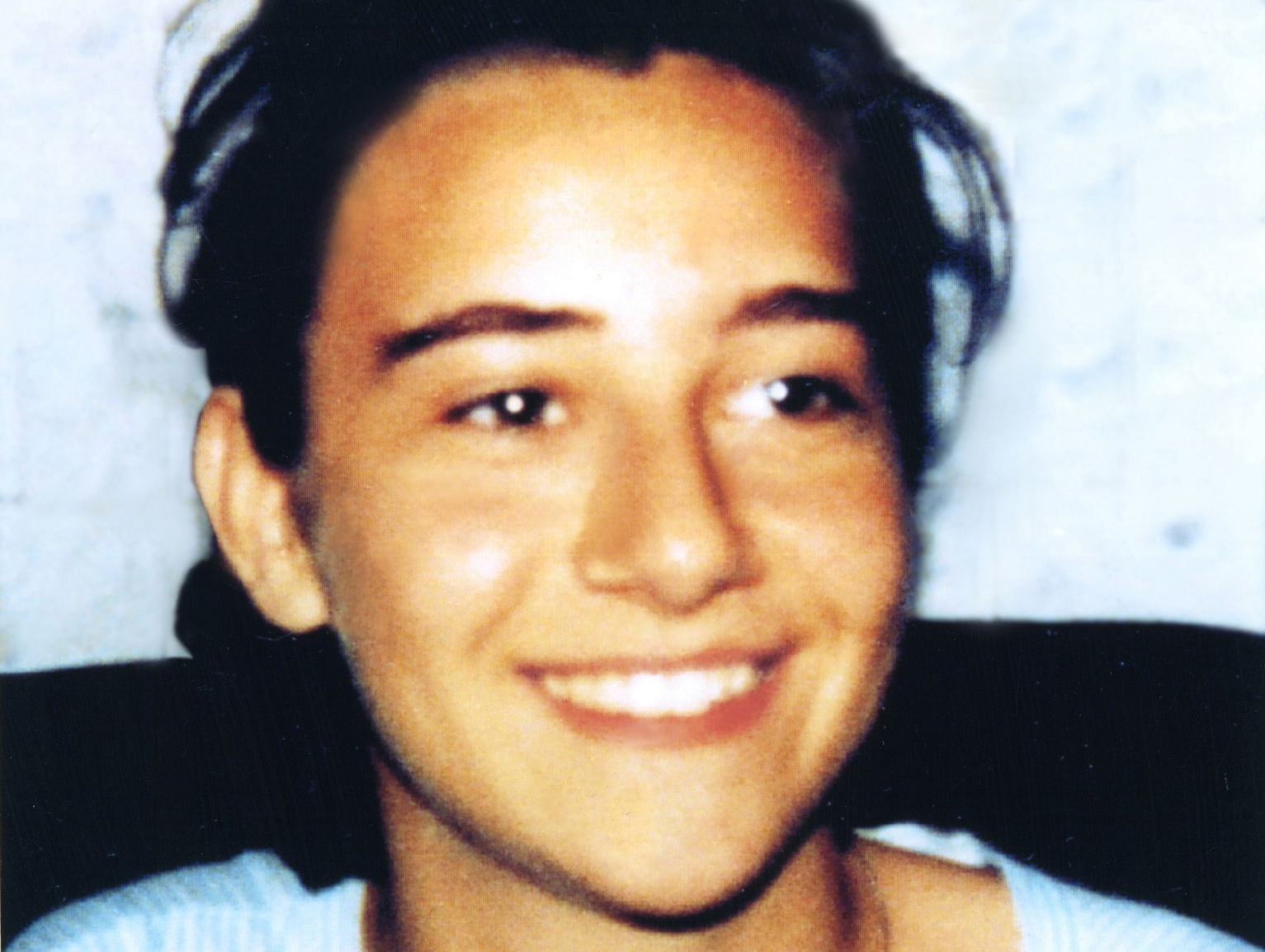Young Anna Boscardin (1888-1922) overcame a variety of obstacles through the grace of God and went on to serve those who struggled with their own. Her father admitted in the investigations that led up to his daughter’s beatification that he was violent, abusive and struggled with bouts of alcoholism, which forced the young girl and her mother to seek safety often by fleeing the family home.
Attendance at school was a rare privilege for young Annette, as she was called most commonly. She had to leave classes frequently to assist her family at home and in harvesting the fields. During the times she could attend school, she was frequently distracted by working as a servant for a nearby family.
Annette was not regarded well by her peers. Few thought her attractive and many spoke of her mediocre intelligence. And she was frequently picked on for what many saw as mediocrity. She was slapped with the nickname of “goose” by a local priest in reference to her slowness.
The spirit of the world that rejected her was no competitor for the spirit of adoption for this beloved daughter of the Father. Annette had a deep and abiding faith that defined her. Because of that, she was allowed to receive first holy Communion early and made early entrance into the “children of Mary” association in the parish. A catechism the priest gifted her with became a symbol of her relentless faith and was found in her pocket when she died.
In spite of a lack of support from her pastor — who thought she was unable to amount to much in life — Annette desired to give herself completely to God as a nun. But her slowness was cited as the cause for rejection when she applied to a religious order. The priest indicated that she was at least able to peel the community’s potatoes. The Sisters of St. Dorothy in Vicenza, Italy, accepted her in 1904, bestowing her the name Sister Maria Bertilla. As she told the mother superior, her only desire was “to become a saint.”
Sister Maria Bertilla had a willingness to go wherever God wanted her. But it seemed that simple tasks would be in store for her. The first year in the convent was spent in menial tasks no one else wanted, although she embraced them willingly. The next year, she was moved to a hospital, first confined to work in the kitchen but then assigned to work with the patients.
As a missionary to the sick and marginalized, Sister Maria Bertilla found her calling. She was particularly drawn to assist those who were littlest and without much hope for survival. Her gifts to minister among those who suffered and were on the brink of death were readily acknowledged by the hospital’s medical staff.
By 1915, the hospital was filled with military injured during World War I. Within a few years the hospital was on the front lines of battle. Sister Maria Bertilla wrote in her diary: “Here I am, Lord, to do your will whatever comes — be it life, death or terror.”
As the heaviest bombs were dropped in her city, Sister Maria Bertilla willingly chose to stay at the wounded’s bedside, particularly with those who could not move. She was a comforting presence, bringing snacks and praying with them. Some of the injured to whom she ministered were present for her beatification and canonization.
Her life was marked by a willingness to go out in love and service to others, giving what she received little of, resigning her will in favor of God’s. She died of a painful tumor at age 34 on Oct. 20, 1922.
Her feast day is Oct. 20.
Michael R. Heinlein is editor of Simply Catholic. Follow him on Twitter at @HeinleinMichael.







